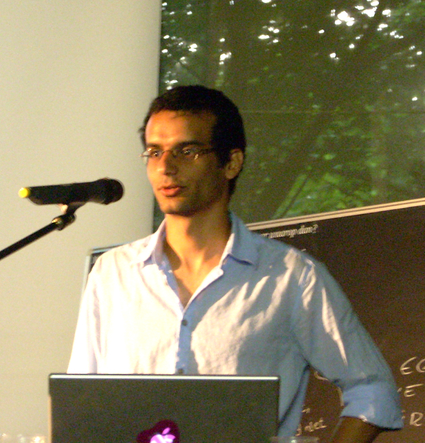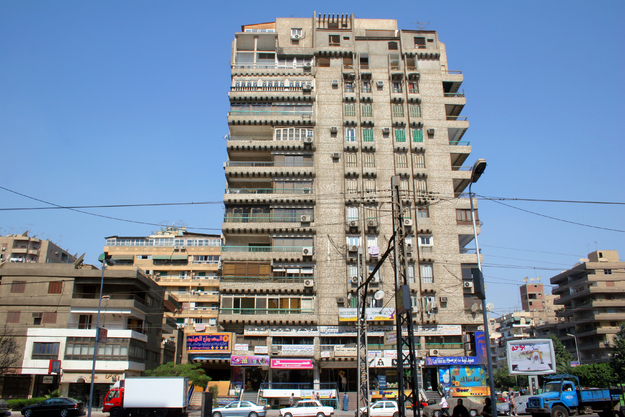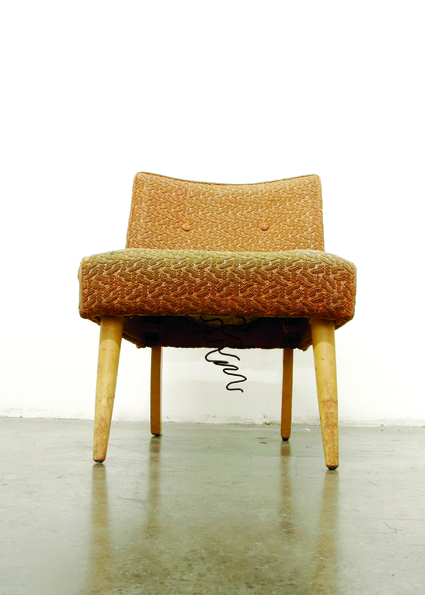Rosetta
We sit down and I ask Osama to tell me a bit about Rosetta (2006- ), one of his long term projects. It is a photo series about a town on the coast of Egypt. As a result of climate changes it has become increasingly difficult for the citizens of Rosetta to continue their fishing and farming industries. Many of the men have tried to reach Europe by boat in search of a better life, but most of them were sent back. Osama’s pictures show desolate views of the town. Some of the men are photographed while hanging out in cafes. Others are doing their fishing work in vast landscapes that seem to absorb them.
Osama tells me it is an intense project to work on, because he became very involved in the lives of the inhabitants. He lived a short distance from the village for a few weeks before he introduced his camera. Now he regularly goes back there to visit his friends and take pictures. It is his hope that his photos present the local problems in such a way that people can figure out how to solve them.
Expectations
I ask Osama if he is ever worried about being cast as ‘the Middle Eastern’ or ‘Egyptian artist’, since exhibitions featuring artists from this region have become quite popular in the last years. He answers that he isn’t very concerned about it and that he thinks it’s okay to group people together as long as it feels natural. He doesn’t like to consider what people may think of him when he makes his art. But he admits that he enjoys teasing his audience a little – for his Street series (2005-6) he mixed urban scenes from Cairo with shots of the streets of New York City and San Fransisco. He first printed some of his own photographs on paper and hung them in the streets to discover how people would respond to them. Afterwards, he photographed the posters in the streets. Viewers of the work can’t really tell in what city the pictures were taken.
Osama clarifies that these photos are not just testing the viewer; they also incorporate his own assumptions about the United States. Osama says he is always confronted with people’s expectations of him. He doesn’t want to play into these expectations, but he likes to investigate them. He intends to make work that reveals something new, to viewers and to himself. But during his time in the US there were moments where he felt pushed in a certain direction.
It's eight o'clock, so it's time for the Out of Place salon to begin. In his salon presentation Osama talks more about his experiences in the US and about the way people projected their own assumptions about Egyptian artists on him and his work. Read about Osama's presentation here.
At the end of the evening I ask Osama whether he has some thoughts about what people in Cairo expect from him, now that he’s moving back after two years. He answers that there is no way he can tell. Perhaps we will find out when he returns to Amsterdam next year for the Bint el Dunya project at Mediamatic.
Until then, keep an eye on Osama's website.


